Table of Contents
Description
Buy from Amazon!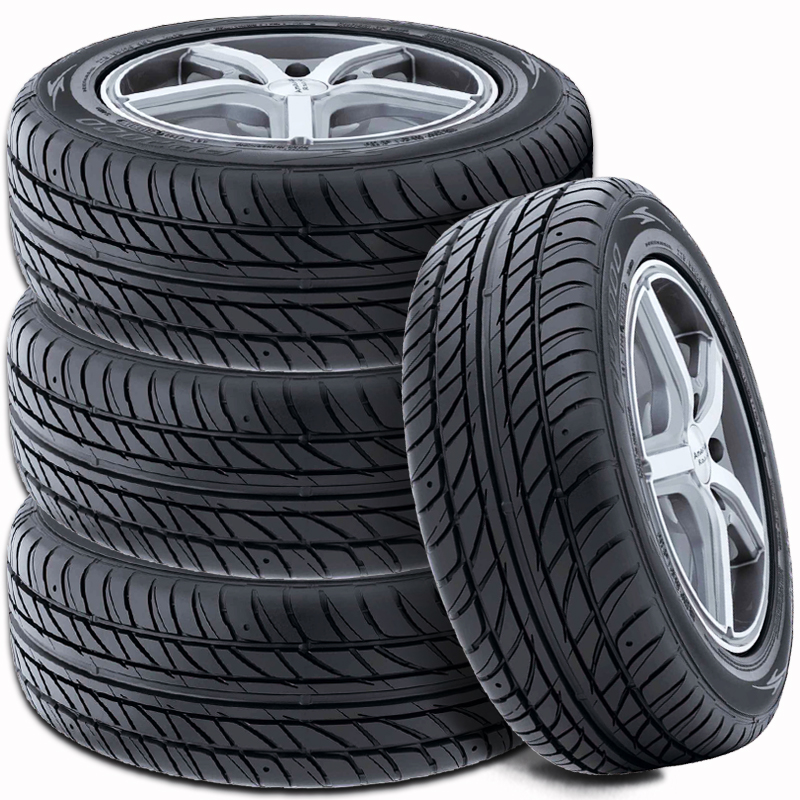
The tire is a toroidal piece of rubber that is found on the wheels of different vehicles and cars. It is mounted on the rim. Its main function is to allow proper contact of adhesion and friction with the pavement, allowing the acceleration, braking, and driving of the vehicle.
From a constructive point of view, there are two types of tires: radial and diagonal. The radial tire is standard for almost all modern cars. The tires, according to the way they are used, are classified in summer, winter or mixed (all seasons) tires. There may also be road tires or off-road tires.
Tires must fit various suspension systems, respond precisely to the steering controls, and at the same time be quiet and durable. Above all, for the vehicle to run safely, the tires must cope with the extreme forces exerted on it – at braking, acceleration or cornering. This is all the more important when the road is wet and slippery or covered with snow and ice.
In the life of a car, many parts, including tires, will need at least one replacement, an investment not exactly small. At first glance, choosing the right tires may seem banal.
However, if you take into account the importance of tires for your traffic safety and the large number of models on the market, the decision becomes suddenly difficult.
Here are some things to consider before making the right choice.
The information on the side of the tire
Buy from Amazon!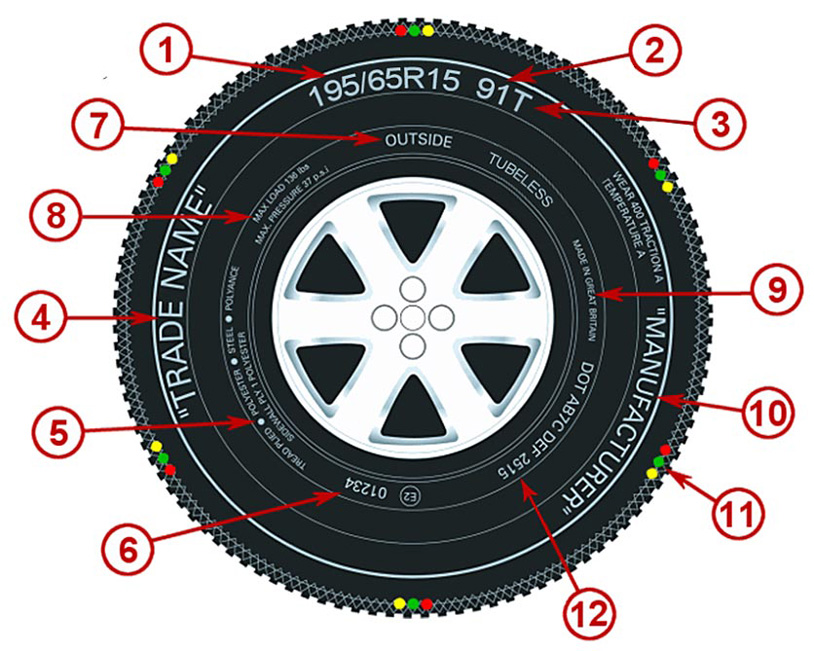
- Tire size: width / height R diameter. Width – the width of the tread expressed in millimeters. Height – the percentage that represents the heel height of the width, R-radial, the tire layers are radially arranged, Diameter – the diameter of the rim that can be mounted, expressed in inches.
- Index load
- Speed index
- Tire name (model)
- ECE approval number (European standard)
- OUTSIDE – Indicator showing that tire should be mounted with this part on the outside.
- Information on the maximum allowable pressure by this tire.
- Country of manufacture
- Manufacturer’s name
- Wear indicators that warn when there are only 1.6 mm is the minimum law in most European countries.
- DOT – Information that the tire meets all requirements of the US Department of Transportation. After the DOT mark, 4 digits are inscribed indicating the date of manufacture of the tire. The first two indicate the week, and the last two indicate the year of manufacture. In this example, the tire has DOT 2515 and is manufactured in week 25 of 2015.
Vehicle type
Your car came equipped from the factory with original tires (OE – original equipment). As a rule, car manufacturers choose OE tires that cover the needs of as many drivers as possible, which means that they are not necessarily the best fit for you. Therefore, although OE tires may seem like the logical choice, for the new purchase it is recommended to consider other types of tires, OE or aftermarket, as they can better meet your specific needs.
Your style of driving
Each driver has his own style of driving, his own habits and preferences. Although this is essential to making the right choice, it is often overlooked when buying tires.
Some tires have exceptional braking, others have amazing maneuverability. Some have very good mileage or low fuel consumption. Others behave well on muddy, rugged terrain or in difficult winter conditions, etc.
It is important to know that no tire is the best one from all points of view. Although it may meet one or more of the above qualities, it will certainly not have them all. Therefore, before making the purchase, you must decide what you want from the tires.
If you have a sporty driving style, you should choose tires with good maneuverability, stability when cornering and which ensures the shortest braking distances. Typically, such tires have the disadvantage of relatively low mileage and have a slightly higher fuel consumption. But the benefits offered are certainly much more important.
In contrast, if you travel at a moderate speed, then you can head for a tire with a lower rolling resistance. This gives you excellent mileage and low fuel consumption.
Some drivers may be interested in increased driving comfort to enjoy the pleasure of driving. In this case, you should go to those tires that have good absorption of shocks caused by bumps on the road and a low level of noise.
Adherence classes, fuel consumption and noise
Buy from Amazon!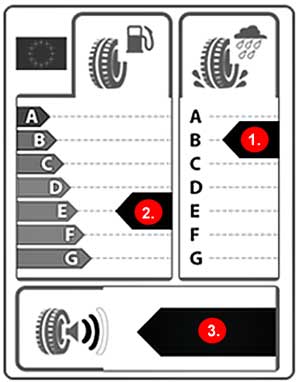
The EU tire label provides important information on their performance and allows you to more easily compare the features of the different models available.
The wet grip class shows how fast the tire brakes under wet driving conditions at a speed of 80 km / h. Tires that have A-grade wet grip are the safest for you. Between two consecutive classes of grip, there is a difference of braking of 3 meters. Therefore, between classes A (the best) and G (the worst), the difference in braking on the wet is 18 meters.
Tires determine up to 20% of your car’s fuel consumption. Under these conditions, it is easy to understand why the fuel consumption class of the tire can be important. Tires that have Class A bring the most fuel savings, and those that have Class G consume the most. It has been calculated that a Class A tire can save up to 80 liters of fuel over its lifetime compared to a Class G tire.
The noise level is calculated in decibels and refers to the outside noise and not to the interior noise. Tires below 68 dB are quiet, those producing between 68 and 71 dB have an average noise level, and tires with more than 71 dB are listed as noisy.
Roads you travel
Depending on the surfaces for which they were designed, the tires are listed in the following categories: road tires, mud terrain tires, on / off-road tires and off-road tires.
If you are traveling at least 80% on the road, then we recommend the use of road tires. They offer you the best running performance on asphalt roads in cities, on national roads and on highways.
On-off road tires usually have characteristics as good on the road as on unpaved roads. These types of tires are recommended if you travel at least 30% on country roads, with gravel, cubic stone or sand. They have multi-faceted rubber blocks on the tread that provide traction in any direction on these surfaces.
If you often travel on rough terrain or on muddy roads then it is advisable to point to off-road tires, respectively muddy terrain. They behave well on such surfaces.
Brand quality
Tire brands are classified into several quality classes: premium tires, medium tires, and budget tires. Premium manufacturers usually bring higher performance tires to the market due to the quality of the rubber composition materials, the elaborate manufacturing processes, and the strict testing standards. By contrast, budget tires offer the most modest performance, but at a much lower price than premium brands.
Specialty tires or all-season?
In the purchase decision, it is advisable to take into account also the weather conditions specific to the area in which you drive. For example, in areas where winters are traditionally difficult, with heavy snowfall, it is recommended to buy winter tires for the cold season.
In contrast, in areas with mild winters (valid even if you travel relatively short or long distances in the city) you can use all-season tires, even if they are not as performance as specialized tires.
All season tires are designed to perform well in a variety of different conditions such as wet roads or light winter traffic conditions. In trying to ensure good traction under very different conditions, all-season tires cannot compete with specialized summer and winter tires.
Specialized tires offer maximum performance in the season for which they were designed. Therefore, if you travel in winter on roads covered by snow or ice, specialized tires are by far the safest option for you.
To help you make an easier choice of tires we have created a top 3 of the best all-season performance tires for cars.
1. Continental ExtremeContact DWS06
Buy from Amazon!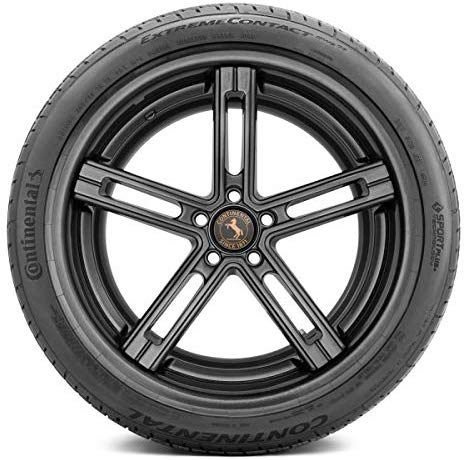
Continental ExtremeContact DWS06 tires are in first place in our top for superior dry, wet, and snow performance.
The tire arrives outfitted with an asymmetric tread pattern. The chamfered edges and exceptional traction channels are created to deliver excellent grip on dry tarmac. The wider shoulder blocks are also responsible for the enhanced administration and precise steering feel.
The Continental ExtremeContact DWS06 is created from a superior silica all-season tread mixture. This is further improved with +Silane additives and Continental’s Sport Plus Technology.
All of this provides sporty administration on wet and snowy roads. The rubber is managed to keep the wanted level of pliability in both extreme hot and cold climate. This means the rubber can grip the street better despite of the weather or street situation.
The tire also appears with various traction channels that give the required biting edges to capture slippery, icy, and snowy road. Unlike other all-season performance tires, the Continental ExtremeContact DWS only appears with three circumferential channels courtesy of the extra-wide middle channels. But this doesn’t stop the skills of the tire in the wet as it can still dissipate water and slush to enhance handle.
Features
The Continental ExtremeContact DWS06 is also outfitted with fading tread signs. If the S indicator is present, it means the threads are thick enough to give better administration and grip in the snow.
Some all-season tires are only suitable for very light snow. But not the Continental ExtremeContact DWS06. As long as the S symbol is still obvious, you can expect the tires to deliver regular traction even on streets covered with an inch of snow or ice.
The Continental ExtremeContact DWS06 shines in wet climate driving. It gives a constant and strong grip on the wettest streets. The tires were felt formed and stable when driving over standing water puddles at high velocities.
Braking felt powerful as the tires will allow your car to stop with faith without unnecessary slipping or sliding. It is unique for an ultra-high performance tire to have higher attributes in wet climate driving, but Continental was capable to pull it off with the ExtremeContact DWS06.
This tire is an outstanding performer in the dry. The steering is accurate, while the handling is solid and safe. Braking also felt powerful as the tires can grip the road like adhesive, especially when the tires have approached the ideal running temperature.
It also gives class-leading comfort. The tire can give a softer yet controlled drive on a diversity of street surfaces including harsh pavement and uneven tarmac. It can also absorb the shock produced by running over deep potholes without upsetting the balance and stability of your car.
2. Pirelli P-Zero Nero All Season Tires
Buy from Amazon!
Pirelli P-Zero Nero All Season tires are in second place in our list due to the unique characteristics of these tires. These all-season high-performance tires are currently utilized as unique equipment on a diversity of coupes, sedans and other cars.
The Pirelli P Zero Nero All-Season tire is a favorite among fans of this Italian name. Critics say this tire is a great option for anyone who wants to give their driving a bit of a performance force.
Like the largest ultra-high performance (UHP) tires, the P Zero Nero utilizes twin steel belts under nylon cap layers.
Other building characteristics, add the following:
- Silica-enhanced compound for improved grip.
- 4 lateral channels and high void-to-tread ratio for water removal and hydroplaning immunity.
- “Tuned” approved sipe patterns for wet and snow hold.
- Siped middle rib for balance and handle.
Unlike other tires, the Pirelli P Zero Nero is accessible in dimensions varying from 17 to 20 inches and appears with a limited 45,000-mile treadwear guarantee.
The P Zero is adequate on the dry autocross track, with great acceleration and braking, exceptional lateral handle and a light, sporty feel.
Hard turns are usually best performed by only accepting that the tires will slide and throw the end around the turn. It’s also a good option for traveling, particularly on sportscars.
3. Hankook Ventus V2 Concept2 Performance All-Season
Buy from Amazon!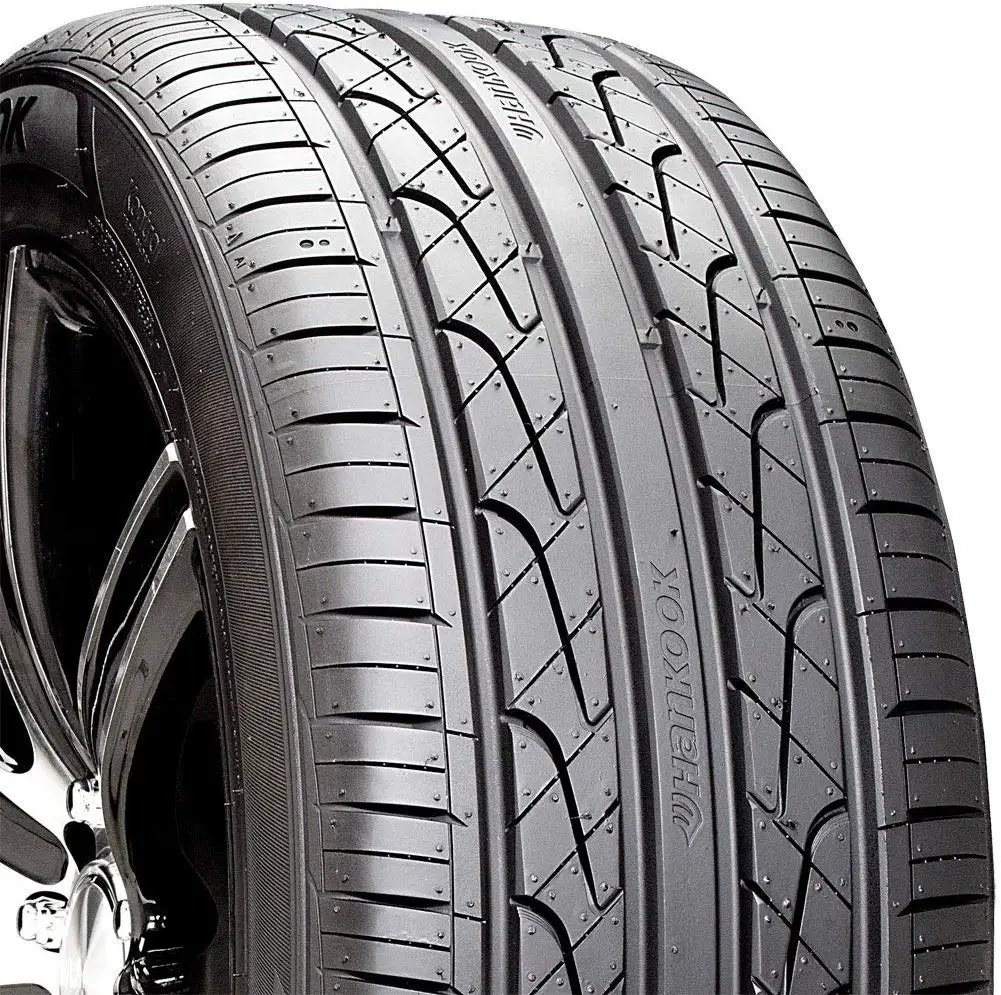
The H457 is intended to give improved dry and wet traction, as well as improved trip comfort and a more sporty look.
Hankook utilizes a step compound that involves higher levels of silica to help with adhesion and grip on all types of street surfaces. The tire’s directional step design and continuous center rib help in braking and acceleration, while also giving quicker steering response.
While the steering is responsive for most drivers, serious driving fans may feel a little let down by the softer sidewalls on this tire that may put a restraint on more active driving.
Wet traction is a field this tire does quite well in. The Hankook Ventus H457 uses its silica-infused mixture along with four wide circumferential channels and unique V-tread design to remove water from under the tire. You should find this tire is difficult to break loose unless you are trying to out drive the street situations.
3-D tread blocks and multiple sipes around the step are attached for better performance on snow and ice. That said, this is an all-season tire that performs as required in severe winter climate, which is to say… not that good.
Another section that Hankook’s designers spent much time on is reducing unwanted street noise. The should tread characteristics a Noise Control Block which aids reduce noise and make the ride more comfortable.

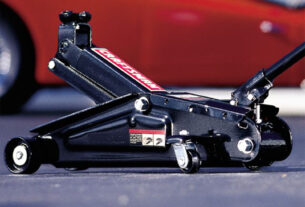

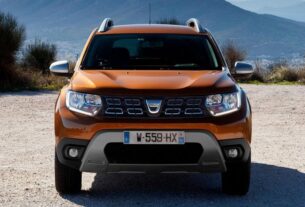

0 thoughts on “Best all-season performance tires for cars”